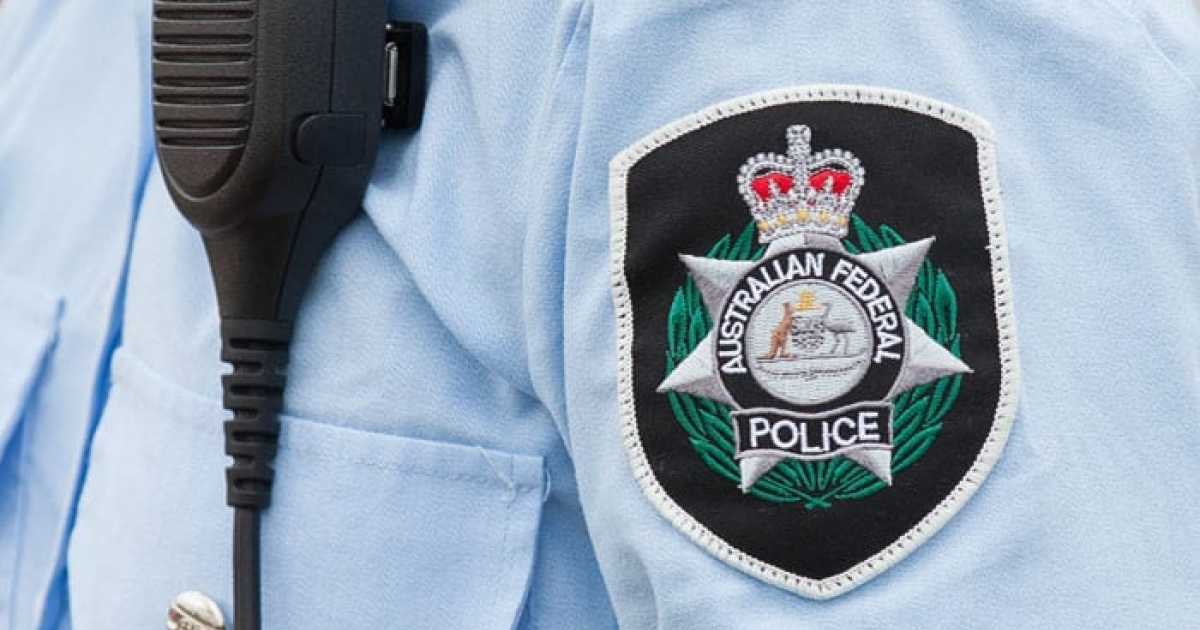Strange fish behaviour has been captured by NIWA scientists working in New Zealand’s Marlborough Sounds.
They were looking at the abundance and anatomy of blue cod (Parapercis colias), research that involved using lasers attached to underwater cameras to measure fish size and number.
NIWA marine ecology technician Charlotte Bodie noticed something unusual when analysing the video footage.
“When trying to count and measure the blue cod, we saw that they were chasing our lasers, just like cats do! I have trudged through a lot of underwater footage in my time, but never seen something like this. No other species seemed to be doing it.
“It certainly broke up the monotony of the work. We do a lot of video analysis and see plenty of interesting and unique fish behaviours, but unfortunately don’t have time to investigate everything,” said Charlotte.
Fellow NIWA marine ecology technician Brooke Madden said that while it was a nuisance at first, the behaviour was quite useful.
“It made it hard for us to count blue cod as they tended to aggregate and follow the lasers. But it also meant we could measure the fish more accurately because they swam closer to the lasers,” says Brooke.
Unfortunately, because the research in question wasn’t about fish behaviour, the team have yet to decode why the cod were acting in this way.
“They are very inquisitive fish with large lateral eyes that can rotate independently, allowing them to see almost anywhere around them. Finding out why they chase the lasers like cats could make a great project one day,” said Charlotte.
The New Zealand blue cod is a temperate marine fish that prefers shallow waters and rocky coasts. Adults can grow up to 60cm in length and weigh up to 3kg.
They are protogynous hermaphrodites, meaning they can change sex from female to male, and are an important recreational and commercially harvested species for New Zealand.
The project is funded by Fisheries New Zealand and focuses on identifying and understanding the juvenile habitats of blue cod.It uses data from MBIE-funded research, mapping juvenile fish habitat bottlenecks.







